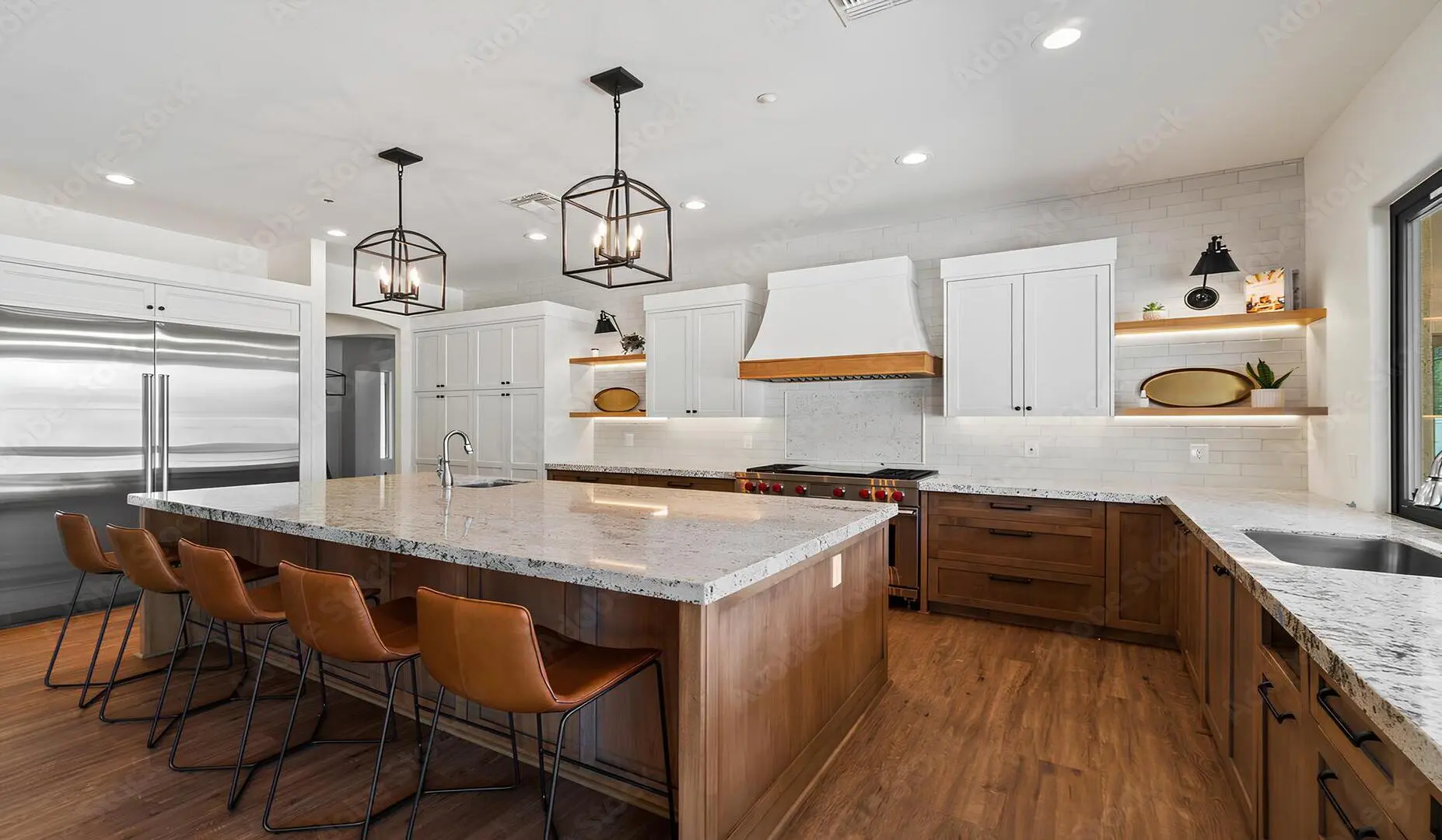When it comes to bathroom renovations and solid foundations, few elements are as crucial and impactful as the wall and floor tiling. Tiling is not only a functional component but also a significant aesthetic feature that can transform the entire look and feel of a bathroom. In this blog, we’ll explore the key aspects of wall and floor tiling, including demolition, solid foundations, rendering, cracked concrete, and the correct application of products and adhesive.
Before embarking on a tiling project, it’s essential to address any existing wall and floor materials. Demolition is often the first step in the renovation process, and it requires careful planning and execution. Removing old tiles, adhesive, and grout can be a labor-intensive task, but it’s crucial for creating a clean, even surface for the new tiles. Proper demolition sets the stage for a successful tiling project and ensures that the new tiles will adhere securely to the substrate.
Once the old materials have been removed, attention turns to preparing solid foundations for the new tiles. This step involves assessing the structural integrity of the existing substrate, whether it’s concrete, plywood, or another material. Any issues such as moisture damage, uneven surfaces, or structural inadequacies must be addressed before the tiling process begins. Achieving solid foundations is crucial for the long-term success of the tiling project, as it minimizes the risk of cracked or uneven tiles down the line.
Rendering, or the application of a smooth layer of mortar, is often necessary to level the substrate and create an ideal surface for tiling. This step is particularly important when dealing with uneven or damaged walls and floors. Proper rendering requires a keen eye for detail and a thorough understanding of the tiling materials being used. By taking the time to ensure that the rendered surface is flat, even, and free of imperfections, tiling professionals can lay the groundwork for a flawless end result.
